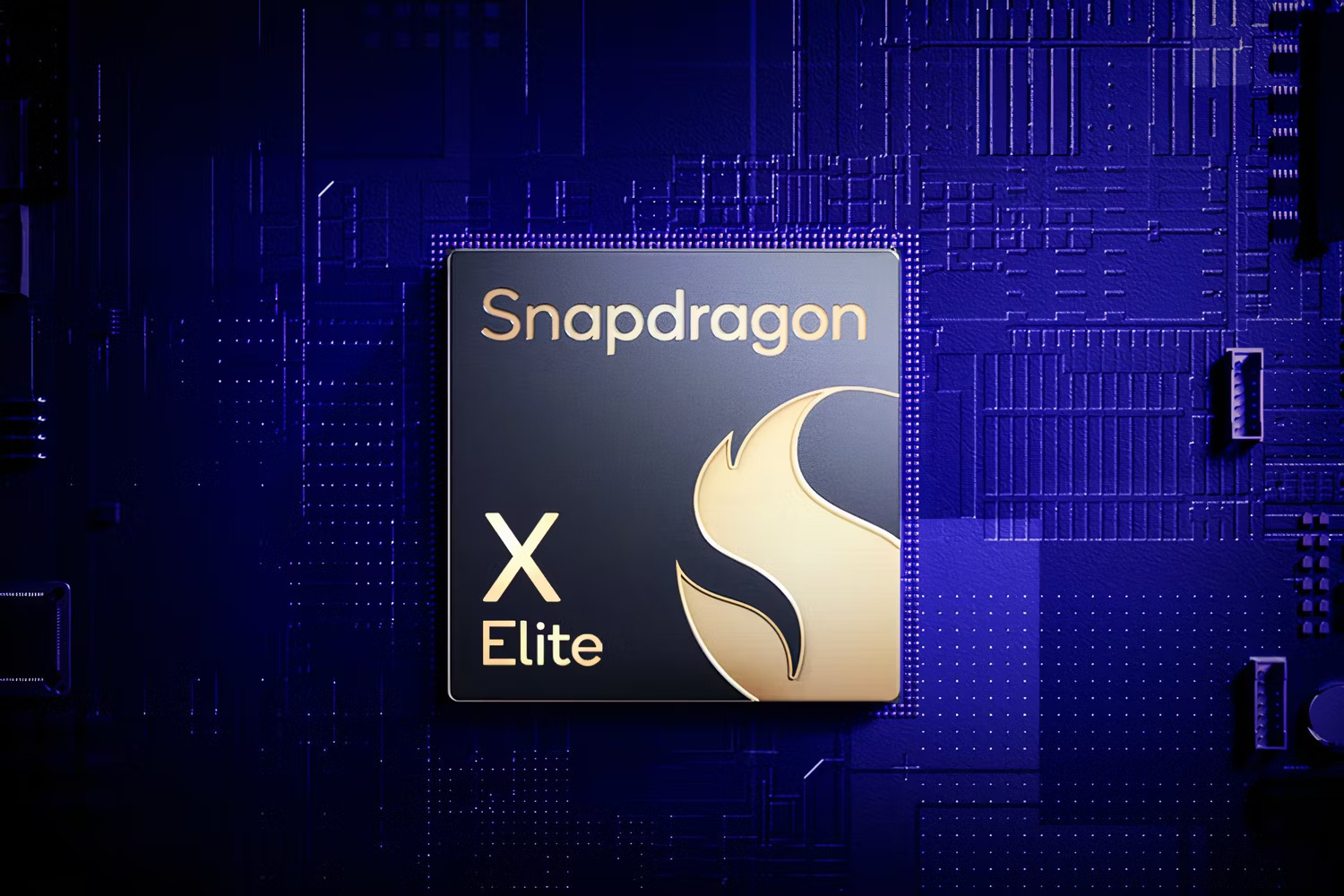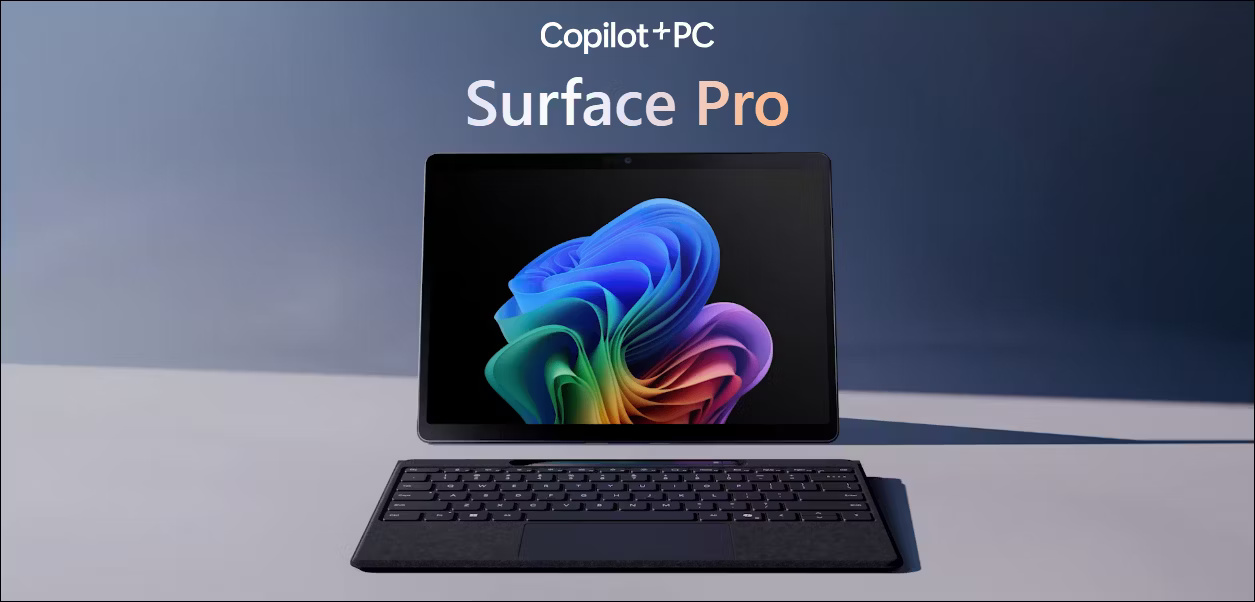Why are Windows tablets coming back in 2024?
Microsoft launched the first Surface Pro running Windows 8 at a time when tablets were expected to replace laptops. Unfortunately, more than a decade later, Microsoft is one of the few companies still making Windows tablets, and the PC market continues to grow despite tech investors calling it a declining sector. withdraw.
This will likely change in 2024 with the new Microsoft Copilot+ PC line powered by ARM chips. These tablets will last a long time and perform better when running the full Windows operating system.
Why did Windows tablets never take off?
The idea behind Windows tablets is simple: Provide a complete computing experience in a portable form that can also be used to view media and use mobile applications. However, this niche market has its own challenges and seems to be ahead of its time. With Windows 8, Microsoft tried to create a touch-friendly Windows operating system while retaining the core functionality of desktop applications. However, it failed on both counts.

While Metro UI with its fancy Live Tiles works well as a touchscreen interface, it is marred by the lack of a good app ecosystem. The Windows Store lacks the quality apps found on Android and Apple tablets, and those that are available aren't fully optimized for touch use. Additionally, x86-64 and ARM chips on lower-end devices are inefficient at handling the majority of Windows and have poor battery life.
Even so, Microsoft still manages to carve out a niche for its Surface devices, catering to professionals looking for a premium mobile productivity machine. Since the iPad and Galaxy Tab are primarily smartphone extensions and not necessarily a computer alternative, there is a market for Windows tablets. With the introduction of the new Copilot+ PC running on ARM architecture, the Windows tablet market is likely to change for the better.
Transition to new ARM chips and PC Copilot+
So why is ARM important? Its importance lies in its outstanding power efficiency, which is important for a mobile device like a tablet with limited space and battery capacity. With a small form factor, a powerful yet efficient chip can handle the majority of Windows without the usual problems of x86-64 architecture. It also leaves room for better thermal performance in a fanless chassis.

Although Windows on ARM has existed since Windows RT, it lacks support for native apps and has many emulation problems. This is changing with Qualcomm's powerful Snapdragon X Elite/Plus chip and Microsoft's new Prism layer, which can translate x86 binary files on the fly. This isn't the first Qualcomm ARM chip designed for PCs, but it is by far the most powerful and power-efficient chip.
Another aspect of Copilot+ PCs is their NPU processor. Both variants of the Snapdragon X chip feature a 45 TOPS NPU to support AI features baked into the operating system. This dedicated processor takes over whenever you want to perform an AI task, such as live captioning, Copilot or Studio Effect, to free up the CPU and GPU for other core tasks.
With the native ARM application ecosystem expanding, Microsoft also announced the ARM Advisory Service to encourage developers to build ARM-optimized applications for Windows. In the absence of native ARM apps, you can still run x86 apps on Microsoft's Prism emulation platform with reasonable performance and efficiency.
New Windows-on-ARM focused tablet
While there are plenty of new Copilot+ PCs running the latest Snapdragon X Elite and X Plus chips, the two devices of interest here are the new Microsoft Surface Pro (11) and the ASUS ProArt PZ13.

Starting with the Microsoft Surface Pro 11, the latest version of the fan-favorite Surface now boasts a 12-core Qualcomm Snapdragon X Elite or 10-core X Plus Arm processor, depending on which variant you get. On the storage front, you get up to 1TB SSD, 16GB RAM as standard, a great high-res OLED touchscreen, and even impressive battery life.
What's more, you can connect it to three high-resolution external displays for more space, or get the optional Stylus + keyboard combo to turn it into a laptop.
![]()
On the other hand, the ASUS ProArt PZ13 is a more affordable Windows 11 ARM tablet. It has a 10-core Snapdragon go with. ASUS also promises great battery life with a 70Wh battery.
These two versatile, laptop-ready tablets deliver competitive performance and hopefully fewer compatibility issues for most users.
While they're great for watching media and browsing the web, you can quickly turn them into your work computer without sacrificing battery life or performance. As for the lack of native ARM apps, with some exceptions, most Windows x86-64 apps will work fine in the emulator.
The future of Windows tablets is promising
Imagine taking your Windows tablet to work or using it in your home office, attaching a keyboard and voila, you have a fully functional laptop running a desktop operating system. Or better yet, plug in one, two, or even three monitors and turn it into a PC without the fan noise. It's true that the Galaxy Tab and iPad can do some of these things. However, they still run a mobile operating system, which prevents them from being a laptop replacement option.
The new ARM-based Windows PCs can deliver great multitasking, casual gaming, great file management, and access to the vast Windows app ecosystem. While they still lack the expanded touch-first mobile app experience that iPad and Android offer, this will likely change as the use of ARM-based Windows devices increases. With reports of more and more chipmakers joining the Windows race, the future of Windows tablets looks more promising than ever.
 Technological limitations that have existed for 20 years have not been resolved
Technological limitations that have existed for 20 years have not been resolved 6 Android features that iOS 18 still doesn't have
6 Android features that iOS 18 still doesn't have Copilot cannot be successful if Microsoft cannot convince Windows 10 users
Copilot cannot be successful if Microsoft cannot convince Windows 10 users HarmonyOS NEXT Beta officially launched, no longer related to Android
HarmonyOS NEXT Beta officially launched, no longer related to Android Nothing OS 3.0 will have new lock screen customizations
Nothing OS 3.0 will have new lock screen customizations Nvidia surpassed Apple to become the second largest public company in the United States
Nvidia surpassed Apple to become the second largest public company in the United States